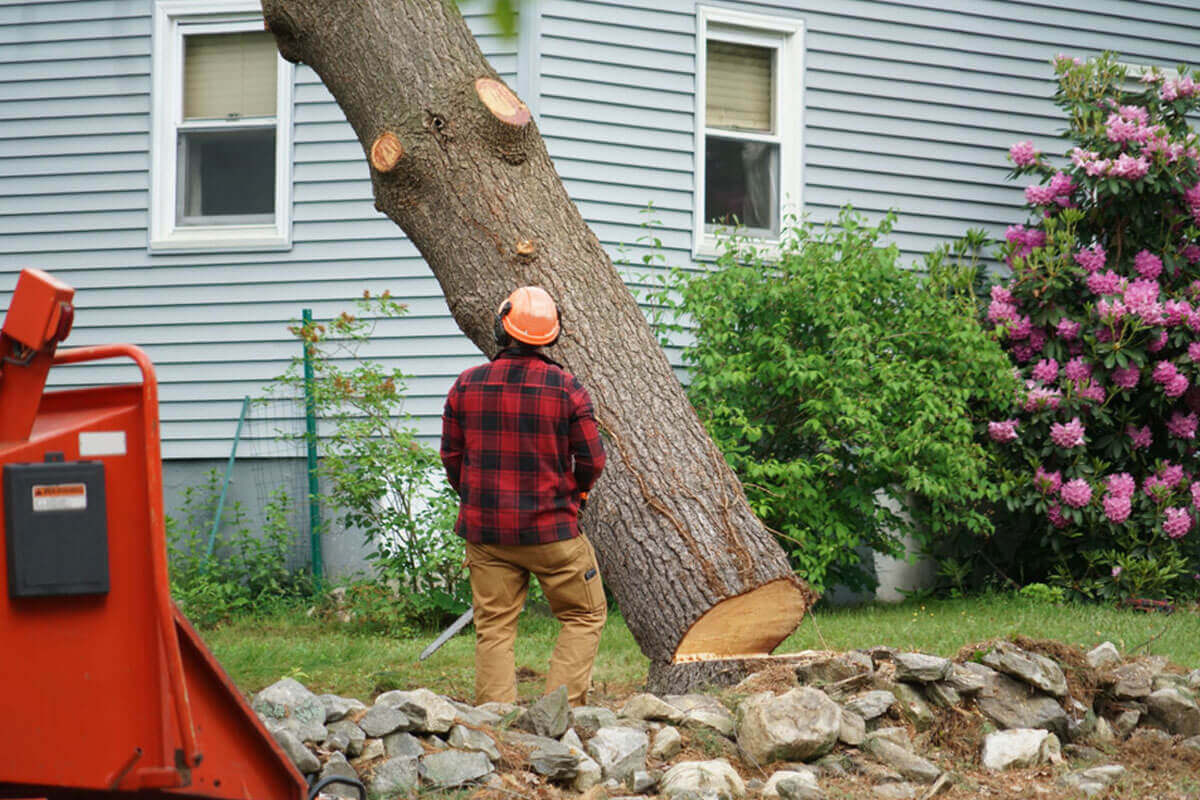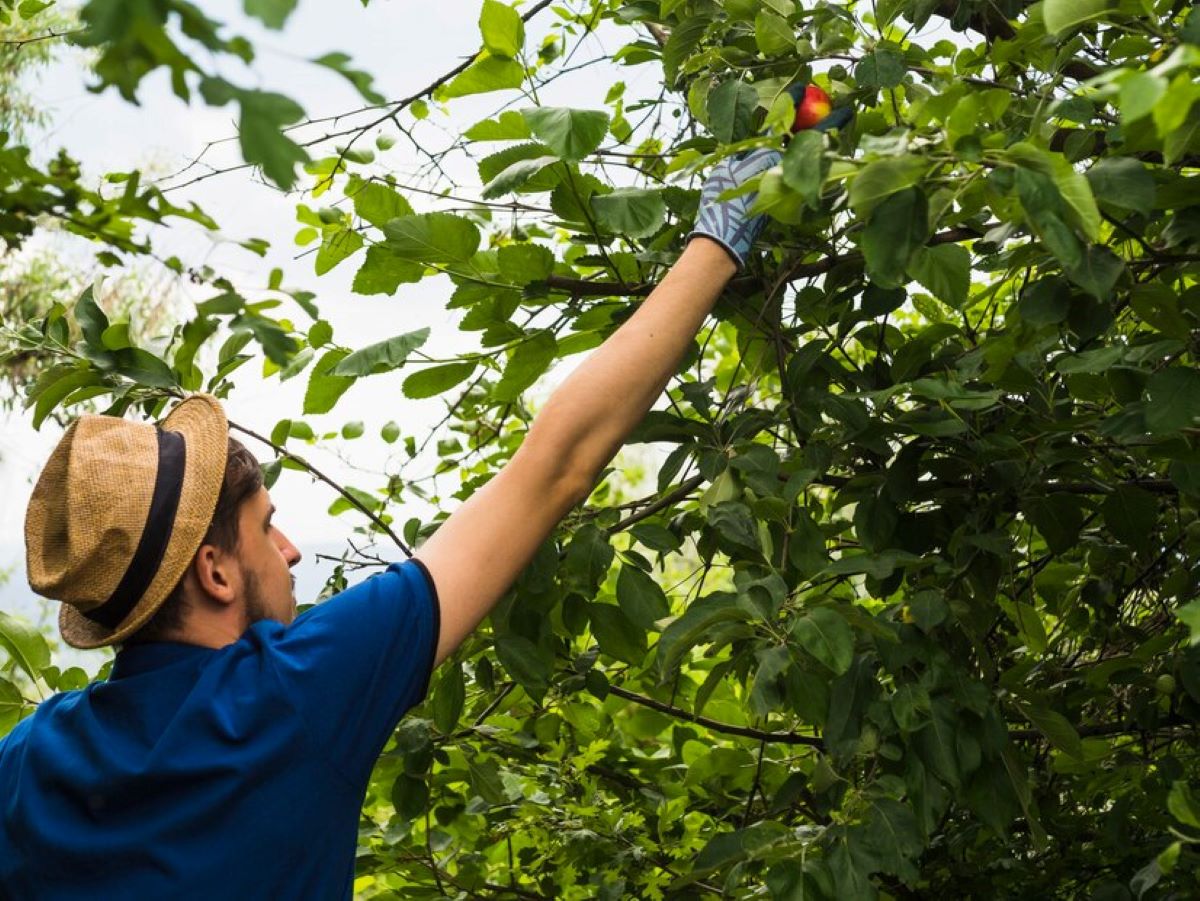Tree removal can be a daunting task for many homeowners, but understanding the process and knowing when it’s necessary can ease this burden. In this comprehensive guide, we will discuss everything you need to know about tree removal, from understanding when it is essential to hiring the right professionals for the job. Let’s delve into the world of tree care!
Understanding Tree Removal
Tree removal refers to the process of cutting down a tree and removing its trunk, branches, and roots. While it might seem straightforward, there are several aspects to consider when it comes to the health of your landscape and the safety of your property. If you’re searching for tree service near me, it’s essential to choose professionals who can assess the situation carefully and ensure safe and efficient removal.
What is Tree Removal?
Tree removal involves the careful cutting and disposal of a tree. It’s not merely about chopping it down; it requires a skilled approach to ensure that the surrounding area remains safe and undamaged. Various techniques, tools, and equipment are utilized based on the size and location of the tree.
The tree removal process can be complex, especially for larger trees or those situated near structures. It requires planning and execution to avoid accidents, damage to adjoining properties, or even injury to workers. Professionals often assess the tree’s condition and the surrounding environment before proceeding, considering factors such as wind direction, the tree’s height, and proximity to power lines.
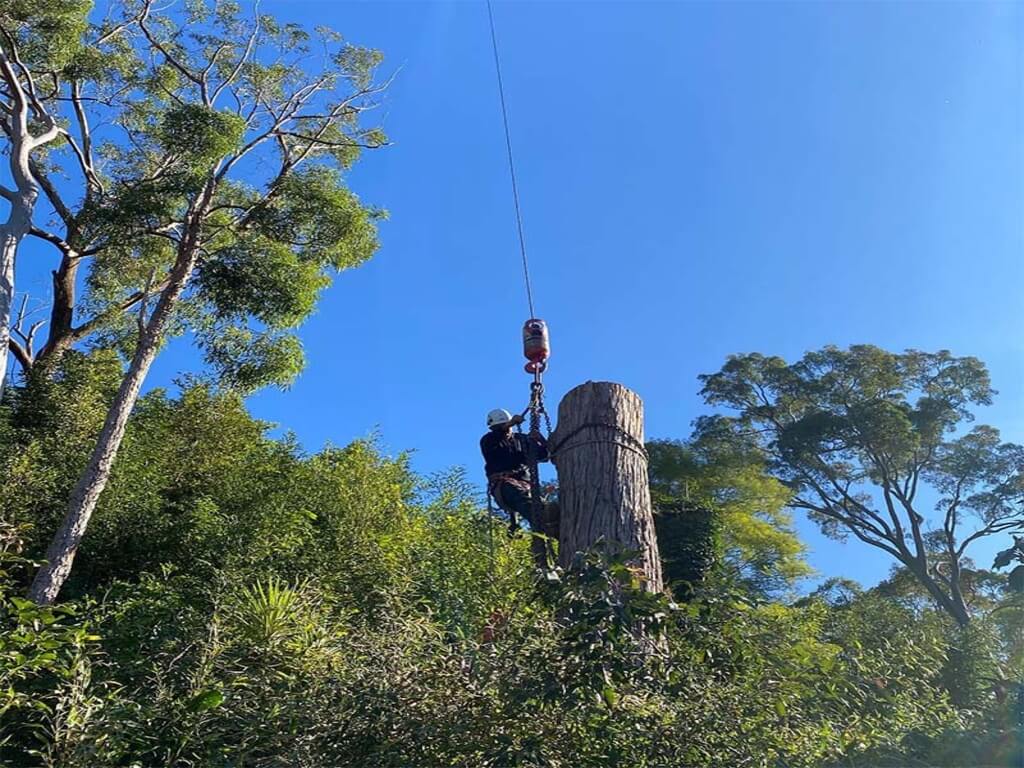
The Importance of Tree Removal
Removing a tree can often be a necessary and beneficial decision. Trees that are dead or dying can lead to various issues, including pest infestations, property damage, and safety hazards. When assessed correctly, tree removal can open up space for healthier plants and improve the overall aesthetics of your yard.
Furthermore, safe tree removal can prevent potential accidents caused by falling limbs during storms or high winds. By choosing to remove certain trees, you can ensure a safer environment for your family and neighbor’s properties. Additionally, removing trees that are too close to your home can help mitigate risks associated with root damage to foundations and drainage systems, which can lead to costly repairs.
Moreover, tree removal can also play a crucial role in landscape management. For instance, if a tree is blocking sunlight from reaching your garden or other plants, its removal can enhance the growth of surrounding flora. This can lead to a more vibrant and diverse ecosystem in your yard, benefiting not just the aesthetics but also local wildlife, as healthier plants can provide better habitats for birds and insects.
It’s also worth noting that tree removal can be part of a larger landscaping strategy. Homeowners may choose to remove trees to make way for new construction, swimming pools, or outdoor living spaces. In such cases, careful planning and consultation with landscaping professionals can ensure that the overall design of your property remains harmonious and functional.
Identifying When Tree Removal is Necessary
Recognizing the right moments to take action can save you significant trouble in the long run. There are distinct signs that can help you identify whether tree removal is warranted.
Signs of a Dying or Dead Tree
Not all trees can be revived. Look for signs such as dead branches, peeling bark, or a lack of leaves. A tree that is no longer producing vibrant greenery often indicates distress or death.
In addition to physical indicators, consider the overall health of neighboring trees—if one tree is suffering, it may be time to conduct an evaluation of the entire area. An experienced arborist can assess the situation and offer guidance. Furthermore, the presence of fungi or mushrooms at the base of the tree can be a significant red flag, as these organisms often indicate decay within the trunk or root system. A tree that has become a host for pests may also be a candidate for removal, as infestations can spread to other healthy trees in your yard, leading to a broader ecological issue. Click here to get also about stump grinding and stump removal.
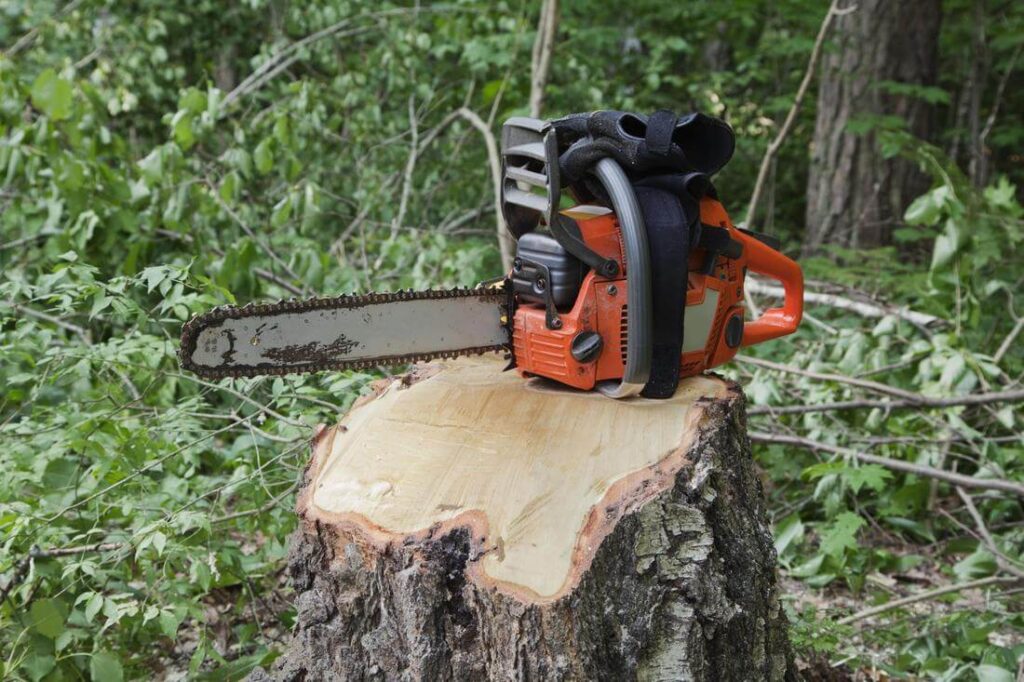
When a Tree Poses a Risk to Property
A tree that is leaning significantly or has visible damage from storms can pose a serious risk to structures, utilities, and people. When roots are exposed, cracked, or decayed, the stability of the tree is compromised, making it essential to consider removal.
Additionally, trees near power lines or that shade electrical equipment may also need removal to maintain safety and prevent outages. Always prioritize safety and consult with experts about any risks posed by your trees. It’s also worth noting that trees with extensive root systems can disrupt foundations, sidewalks, and driveways, leading to costly repairs. Regular inspections can help identify potential issues before they escalate, allowing homeowners to take proactive measures to protect their property and ensure the safety of their surroundings.
Reasons for Tree Removal
There are multiple reasons that might compel you to remove a tree. Understanding these reasons can not only streamline your decision-making process but also help communicate your needs if hiring a professional.
Disease and Pest Infestation
Diseased trees can harbor harmful pests that may affect surrounding flora. If not addressed promptly, this situation can lead to an infestation that could spread throughout your yard. Signs, such as unusual growth patterns or leaf spots, indicate that a tree may need removal before the issue escalates.
Structural Damage Concerns
Sometimes trees grow too close to a building, creating risks for damage due to their roots or branches. If you notice cracks in your foundation or damage to your roof or siding caused by overreaching branches, it might be time to consider removal.
Landscape Aesthetics and Tree Removal
Sometimes, tree removal is purely a matter of aesthetics. A tree that grows irregularly or blocks sunlight from reaching other plants may detract from your landscaping vision. Removing such trees can allow for better landscaping opportunities and improved visual appeal in your yard.
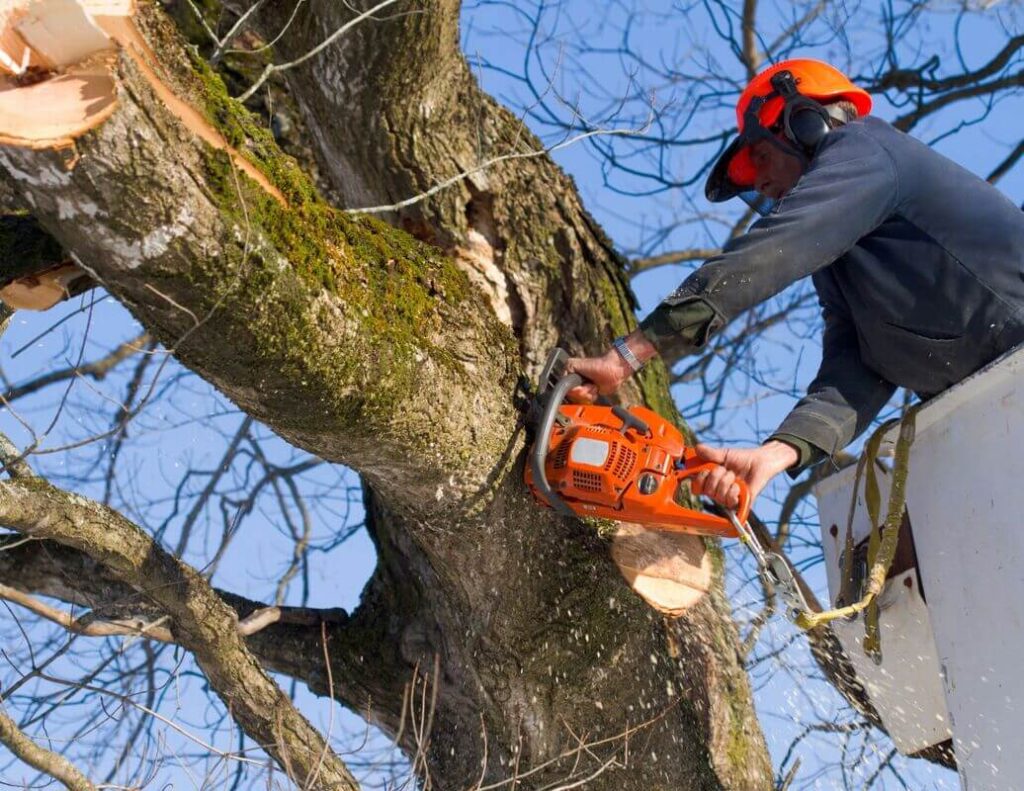
The Tree Removal Process
Once you’ve determined that a tree needs to be removed, understanding the process can help you feel more informed and prepared. The following steps outline what typically happens during tree removal.
Pre-Removal Assessment
Before commencing any tree removal, a thorough evaluation should be conducted. This includes assessing the tree’s health, checking the surrounding area for potential hazards, and identifying the best approach for removal. An arborist may perform this assessment to ensure a safe and efficient process.
The Actual Tree Removal
During the removal itself, professionals will safely cut the tree down, starting from the upper branches and moving downwards. This method minimizes harm to the surrounding environment and ensures that the tree does not fall unpredictably.
Techniques such as rigging and using cranes may be necessary for larger trees in difficult locations, ensuring the process remains safe and efficient throughout.
Post-Removal Clean-up
Once the tree is down, cleanup is essential. This includes removing the stump, uprooted roots, and any remaining debris. Disposing of wood properly helps maintain the overall health of your landscape and can prevent issues with pests and decay.
Hiring Professionals for Tree Removal
While tree removal might seem manageable as a DIY project, the importance of hiring professionals cannot be overstated. Experts bring knowledge, skills, and equipment tailored for this job to handle any complexity involved.
Why You Should Hire a Professional
Safety is the foremost reason to hire professionals. Tree removal is risky work requiring training, experience, and proper safety protocols to avoid accidents. Professionals can handle any unforeseen issues efficiently and safely.
Moreover, experts ensure that tree removal complies with local laws and regulations, which can prevent potential fines or legal troubles down the road.
Choosing the Right Tree Removal Service
To select the best tree removal service, look for companies with good reputations, references, and licensing. Get multiple quotes and ask about their previous work to ensure you’re making an informed decision. Working with professionals means peace of mind, enabling you to focus on your landscape and its potential!
In summary, tree removal may sometimes be necessary for the health and safety of your property. Being informed about the process and knowing when to seek professional assistance can help create a beautiful, safe environment for you and your family.

